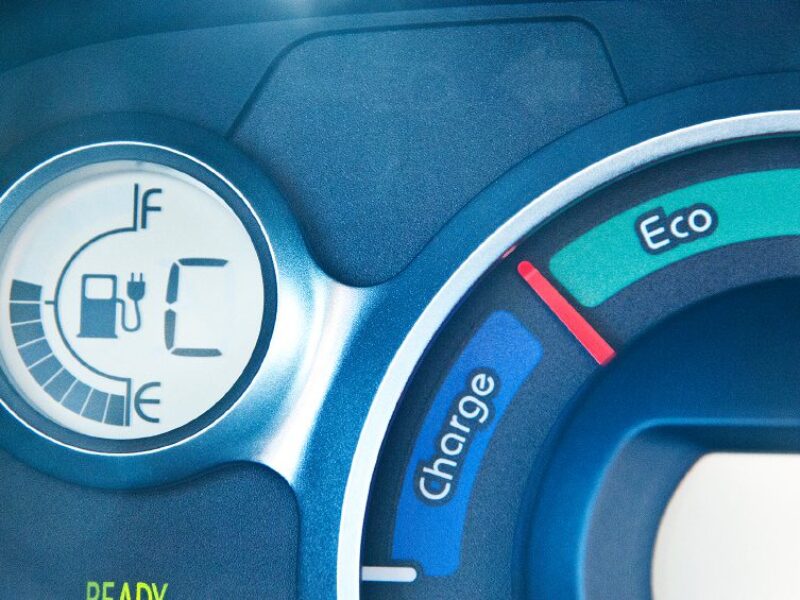
Are next generation EV batteries a step closer?
The proposed lithium-sulphur battery technology, which is reported in ecent issue of Nature Communications, can theoretically power an electric car three times further than current lithium-ion batteries for the same weight – at much lower cost.
“This is a major step forward and brings the lithium-sulphur battery one step closer to reality,” said Nazar, who also holds the Canada Research Chair in Solid State
Energy Materials.
In theory, sulphur can provide a competitive cathode material to lithium cobalt oxide in current lithium-ion cells.
Sulphur as a battery material is abundant, relatively light, and cheap. However, the sulphur cathode exhausts itself after only a few cycles because the sulphur
dissolves into the electrolyte solution as it’s reduced by incoming electrons to form polysulphides.
Nazar’s group originally thought that porous carbons or graphenes could stabilize the polysulphides by physically trapping them. But in an unexpected twist, they
discovered metal oxides could be the key. Their initial work on a metallic titanium oxide was published in August 2014 in Nature Communications.
The researchers have found since then that nanosheets of manganese dioxide (MnO2) work even better than titanium oxides, the main goal in their latest research was to clarify the mechanism at work.
“You have to focus on the a fundamental understanding of the phenomenon before you can develop new, advanced materials,” explained Nazar.
The researcher found that the oxygenated surface of the ultrathin MnO2 nanosheet chemically recycles the sulphides in a two-step process involving a surface-bound intermediate, polythiosulfate. The result is a high-performance cathode that can recharge more than 2000 cycles.
The surface reaction is similar to the chemical process behind Wackenroder’s Solution discovered in 1845 during a golden age of German sulfur chemistry.
“Very few researchers study or even teach sulphur chemistry anymore,” said Nazar. “It’s ironic we had to look so far back in the literature to understand something that may so radically change our future.”
Postdoctoral research associate Xiao Liang, the lead author, and graduate students Connor Hart and Quan Pang also discovered that graphene oxide seems to work by a similar mechanism. They are currently investigating other oxides to find the best sulphur retaining material.
Related articles and links:
uwaterloo.ca
News articles:
Daimler demos innovative hydrogen-powered research vehicle
Fraunhofer claims breakthrough towards cost-efficient e-car batteries
Graphene wrapper boosts lithium-sulfur battery performance capabilities
 If you enjoyed this article, you will like the following ones: don't miss them by subscribing to :
eeNews on Google News
If you enjoyed this article, you will like the following ones: don't miss them by subscribing to :
eeNews on Google News




